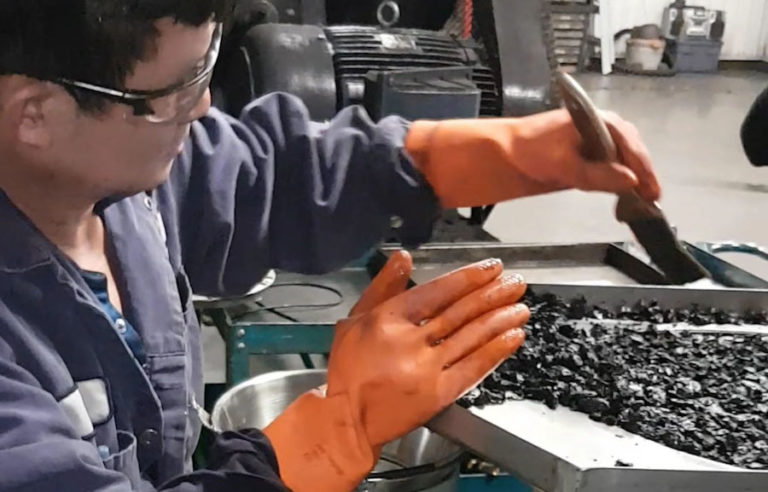- June 22, 2022
What is the need of Coal Testing?

A flammable black and brownish black sedimentary rock happening in rock strata layer or veins is known as Coal, or Coal Seam. It is a flammable black hard rock which is generally used as a solid fossil fuel. It basically consists of carbon about equal to 65-90 percent with some percentage of hydrogen oxygen, sulfur & nitrogen.
Metamorphic rocks are the hardest form of coal as they were converted to high temperature and pressure, such as Anthracite.
At the power station, coal plays a main role for the production of electricity. These days’ natural gas and hydroelectricity are chosen over coal as they are less expensive as well as less polluting technologies. Coal when heated to high temperature in absence of oxygen, it convert itself into coke which is superior fuel than coal.
Being very different from the environment, accurately predict its performance during application a number of new analytical techniques are developed for its characterization. To avoid economic consequences, analysis must to be adequately accurate as its supply is in huge amount.
Coal is less oxidation when exposed to the atmosphere and also has propensity to lose or gain moisture. Since the method of coal analysis in nature and to obtain repeatable and reproducible results, it is important that all coal analysis should follow the guidelines of the process.
There is a necessity of reliable standard test method for coal analysis which is acceptable to both the seller and the buyer.
For the above reasons coal analysis is important QA Testing Laboratories (QATL) provide independent survey service to make sure the accurate “quality, survey & superintending services” of the coal.
Calorific value of a fuel is the amount of heat generated by its combustion at constant stress and under “normal” conditions (0◦ & 1 bar). In other words, calorific value or energy content is similar as the heat of fire. It values varies on the geographical age, formation, ranking as well as location of the coal mine. It additionally determined how much coal will be needed to generate each unit of electricity.
The Weight of the fixed carbon, moisture, ash and volatile is determined by proximate analysis. Contribution to the heating value of coal is directly connected to the fixed amount of carbon as well as volatile combustible matter. During burning, fixed amount of carbon acts as a most important heat generator. It can be contingent on simple apparatus. Easy fuel detonation is indicated by high volatile matter.
The elements of Coal, solid or gaseous are determined by ultimate analysis. The air required for ignition and the volume & composition of the ignition gases is determined as of “Ultimate Analysis”. To calculate flame temperature as well as flue duct design etc. information concerning ultimate analysis is vital.
When coal is completely burned and other non-combustible residues are left over, that is called Ash content. It is articulated as a percentage or original weight. During ignition when carbon, oxygen, sulfur and water driven off it represent many of the minerals.
According to Steam Power Generation, the performance of the coal ash residue at high temperature is critical factor in coal selection. Clinker coal is the coal which has ash that fuse into a hard glassy slag which is generally unacceptable in furnaces as it needs to be cleaned. These tests are part of development of automated techniques for performing measurement not requires the intervention by operator. Here, fusion temperatures are important guides to high temperature behavior of fuel inanimate material.